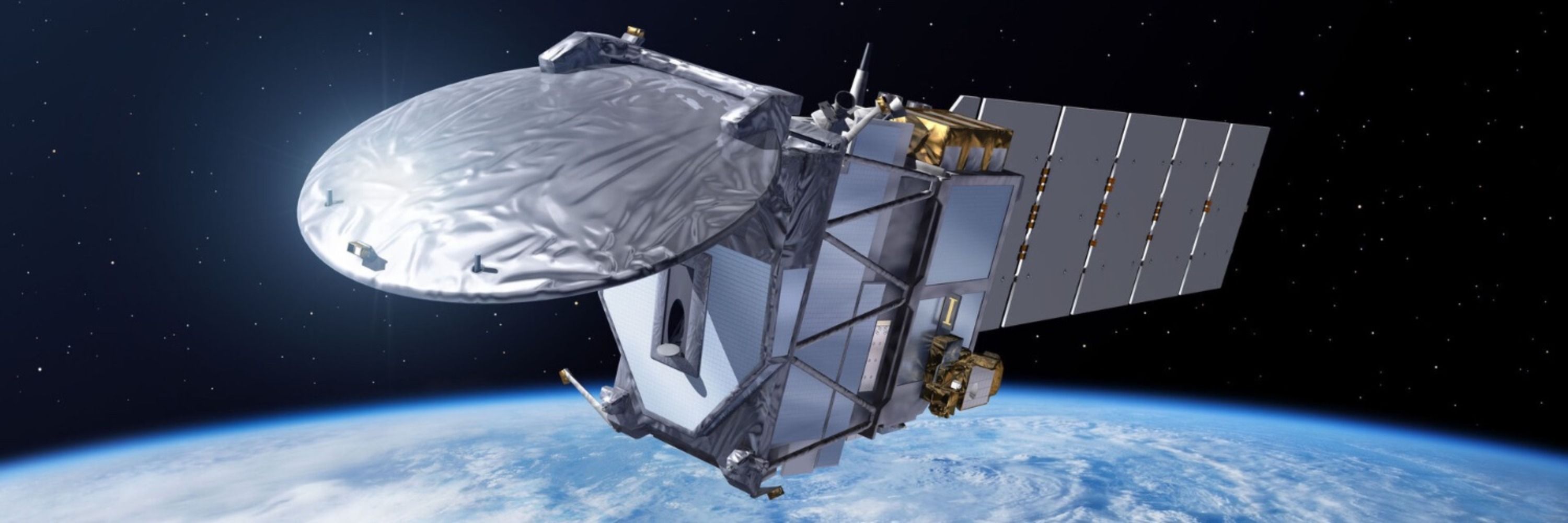
Principal Scientist at #ECMWF and Professor of Atmospheric Physics at the University of Reading - Radiative Transfer - Co-Chair of ESA-JAXA #EarthCARE Mission Advisory Group








Reposted by Du Toit, Jussi T. Eronen, Vincent Noël , and 1 more Du Toit, Jussi T. Eronen, Vincent Noël, Martin Turbet






Reposted by Johannes Quaas

www.esa.int/Applications...


















